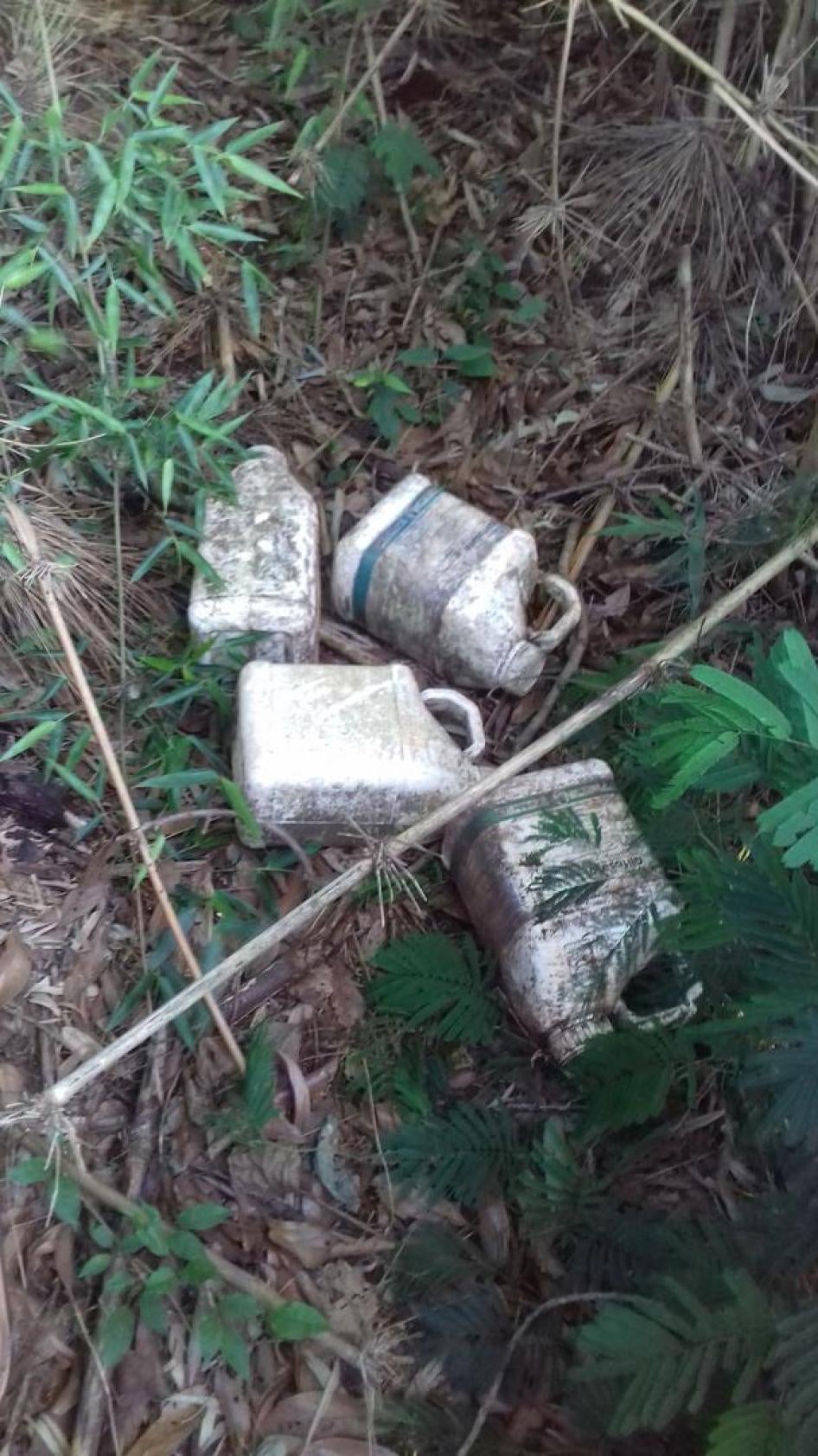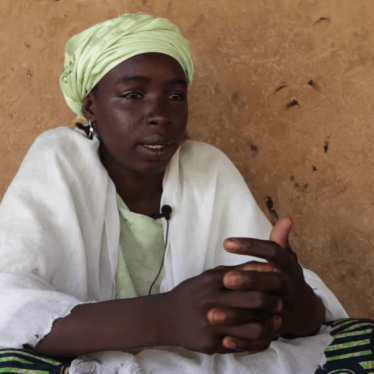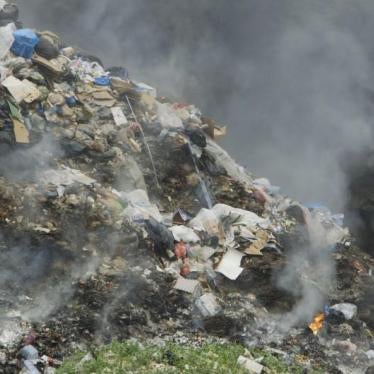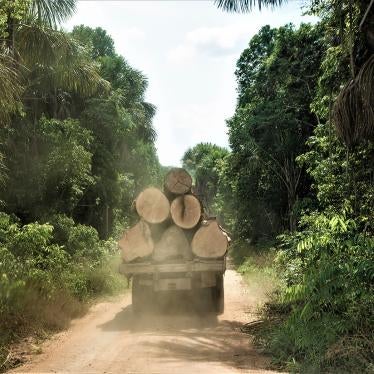Last month I visited a small rural community in northern Brazil to see how pesticides affect people in the countryside. Brazil, an agricultural powerhouse of industrial farming, is one of the world’s largest users of pesticides. Crops like soy, corn, cotton, and sugar cane are farmed using enormous quantities of pesticides: close to 400,000 tons a year. Of the 10 most widely used pesticides in Brazil, 4 are banned in Europe, indicating how hazardous several are considered by some standards.
Residents I met were gripped with fear about the harm the pesticides might be doing and about retaliation if they speak out. People asked me not to publish the community’s name – they said the farmer who owned the surrounding plantation had threatened a community member for organizing a petition to reduce his pesticide spraying. The farmer’s plantation extends up to people’s houses, their small gardens, and a small football field. The farmer’s fields end only 5 meters from the well the community uses for drinking water.
The man responsible for maintaining the well told me he was worried that pesticides sprayed in the soy fields could be affecting the community water supply. He can’t say definitively if his concern is well-founded because the government hasn’t tested the water since the well was installed three years ago. “We are concerned about the pesticide spraying but we are also concerned about being threatened, so we need not talk about it too much,” he said with an awkward laugh. “That’s what we face here.”
Today is World Water Day. Safe drinking water is a human right, including people’s right to know what’s in their drinking water. We know that pesticide residues can leach with rainwater into surface and groundwaters that are often the source of drinking water.
Some countries regularly test drinking water supplies for pesticides and make those results available to the public. In Brazil, in practice, that does not happen. We made a freedom of information request for national test results on pesticide residues in drinking water for 2014 to 2017. We found that despite legal requirements, drinking water supplies are rarely tested for pesticides.
By law, water suppliers -- whether government or private companies or municipal governments -- are responsible for testing for 27 designated pesticides every six months in the water systems they manage and reporting those results to the federal government. But each year, an average of 67 per cent of municipalities across the county do not submit any information to the Federal government – and this in one of the largest pesticide consumers in the world. The Federal government has no idea how tainted drinking water in Brazil might be or about the harm it could be doing to its people.
Even in municipalities that submit data, most test results are incomplete. Of the test results submitted in 2014, only 18 per cent were full tests for all 27 pesticides conducted twice a year as required by the law.
Put simply, Brazil’s drinking water surveillance system is shamefully inadequate in monitoring the threat of hazardous pesticides.
Even with this woefully incomplete system, Brazilian authorities manage to identify some municipalities where drinking water has pesticide residues above the legal limits. Indeed, 15 percent of the small number of municipalities that submitted test results during this four-year period reported at least one substance above the legal limit.
What sort of substances are found? The most common pesticides don’t have easily recognizable names -- aldrin, dieldrin, chlordane and endrin -- but they are all dangerous to human health. These broad-spectrum insecticides were banned in Brazil in the 1990s but are so persistent in the environment that they are turning up in drinking water decades later.
Those worried about what’s in their water have few options. Without a comprehensive testing system, the best information comes from academic studies. In 2016, researchers published Brazil’s first nationwide survey of emerging contaminants in drinking water. After caffeine -- a chemical marker indicating untreated sewage, because caffeine is excreted in urine -- the second most commonly found contaminant in drinking water was the herbicide atrazine, found in a whopping 75 per cent of samples from across the country.
Atrazine is legally permitted in Brazil. Residual levels in water were well below the legal threshold, but recent animal studies show that even at low doses over long periods, atrazine may be an endocrine disrupting chemical, interfering with reproductive, developmental, neural and immune functions.
Researchers detected atrazine above the permissible limit in drinking water in two rural municipalities in Mato Grosso state-- Lucas do Rio Verde and Campo Verde. And carbofuran, another chemical dangerous to human health was found above the permitted levels in samples from drinking water wells in Quitéria, a rural area near Rio Grande, a southern city.
What does all this add up to? Brazil uses large amounts of pesticides that compromise its citizens’ environment, and authorities are failing to ensure that drinking water supplies are not tainted by harmful levels of those pesticides. That’s a dangerous place to be. Brazil needs to enforce an effective monitoring system for its drinking water to ensure that water supplies are properly tested for pesticides and that results are made available to the public.
Richard Pearshouse is associate environment and human rights director at Human Rights Watch. João Guilherme Bieber is a consultant at Human Rights Watch.










